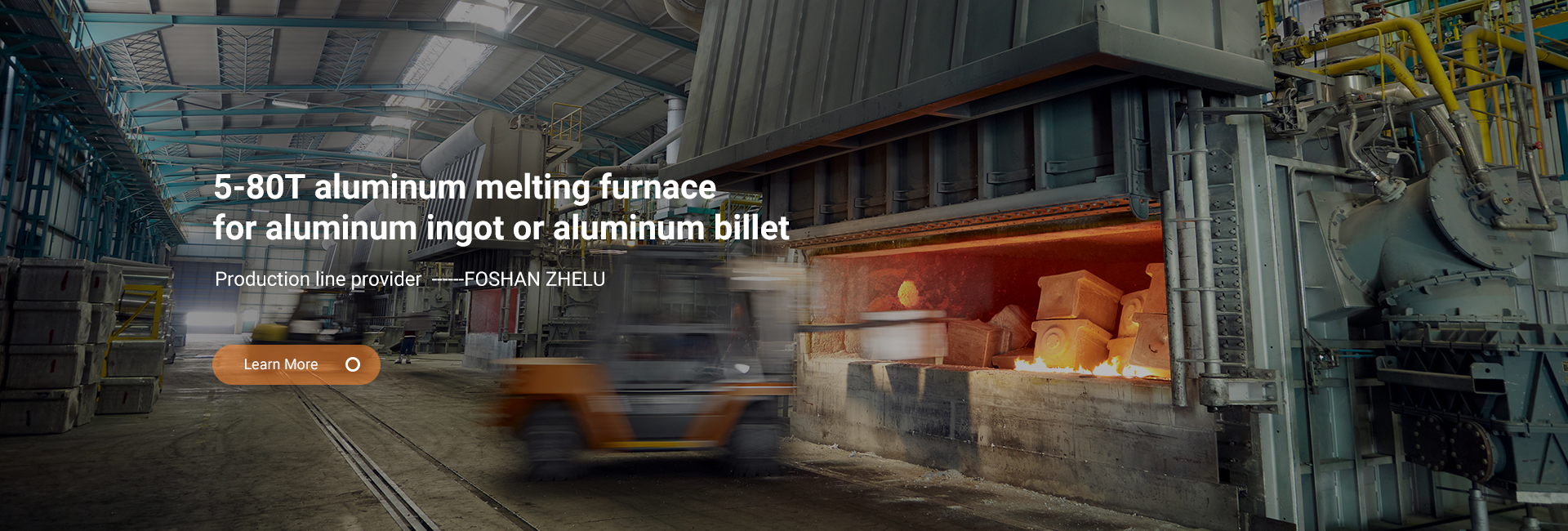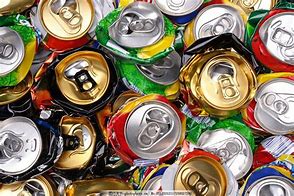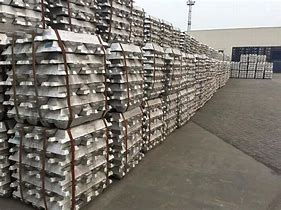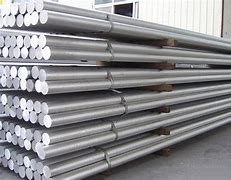Aluminum is one of the most widely used metals in the world, with applications in various industries, including construction, transportation, and packaging. However, the production of new aluminum from raw materials is energy-intensive and generates significant greenhouse gas emissions, contributing to climate change. Aluminum recycling offers a sustainable alternative by reducing energy consumption and emissions while preserving natural resources. In this article, we explore the importance of aluminum recycling, its benefits, and the latest advancements in the field.
The Advantages of Aluminum Recycling:
Aluminum recycling offers several environmental and economic benefits. Firstly, it significantly reduces energy consumption, as recycling aluminum requires only 5% of the energy needed to produce new aluminum. This translates to a reduction in greenhouse gas emissions, making it an essential tool in the fight against climate change. Secondly, aluminum recycling helps to conserve natural resources, as it reduces the need for mining and extraction of bauxite ore. Thirdly, aluminum recycling generates economic benefits, including job creation and revenue generation, as recycled aluminum is used in various industries.
The Aluminum Recycling Process:
The aluminum recycling process involves several steps, starting with the collection of scrap aluminum from various sources, such as beverage cans, construction materials, and automotive parts. The collected aluminum is then sorted, cleaned, and melted in a furnace. The molten aluminum is then poured into molds to form ingots or used to produce new products directly. The recycled aluminum is of high quality and can be used in a range of applications, including beverage cans, construction materials, and transportation vehicles.
The Role of Technology in Aluminum Recycling:
Advancements in technology have improved the efficiency and effectiveness of aluminum recycling. Automated sorting systems, for example, can separate different types of aluminum scrap, such as cans, foil, and construction materials, allowing for better quality control and higher recovery rates. Innovations in furnace design and operation have also led to reduced energy consumption and emissions during the melting process. Furthermore, new techniques such as microwave technology are being explored to improve the efficiency of aluminum recycling.
Aluminum Recycling in the Circular Economy:
Aluminum recycling plays a crucial role in the circular economy, where materials are kept in use for as long as possible, reducing waste and preserving natural resources. The recycled aluminum can be used to produce new products, which can be recycled again at the end of their life cycle. The circular economy model promotes sustainable consumption and production, leading to economic, environmental, and social benefits.
The Challenges of Aluminum Recycling:
Despite the benefits of aluminum recycling, there are several challenges that must be addressed. One of the biggest challenges is the collection and sorting of aluminum scrap. The collection process can be fragmented, with scrap coming from various sources, making it challenging to collect and sort efficiently. Additionally, aluminum scrap may contain impurities such as paint, coatings, and other contaminants, which can affect the quality of the recycled aluminum.
Government Regulations and Policies:
Governments around the world are increasingly recognizing the importance of aluminum recycling and are implementing policies and regulations to promote its use. For example, the European Union has set a target of 75% aluminum packaging recycling by 2025. The United States Environmental Protection Agency (EPA) has also set a goal of recycling 70% of aluminum packaging by 2020. Additionally, some countries have introduced incentives for recycling, such as deposit schemes, which encourage consumers to return used products for recycling.
The Future of Aluminum Recycling:
The future of aluminum recycling looks promising, with new technologies and innovations emerging to improve the efficiency and effectiveness of the recycling process. For example, the use of artificial intelligence and machine learning can help to optimize the sorting and processing of aluminum scrap. Furthermore, advancements in chemical recycling,
Post time: May-08-2023







